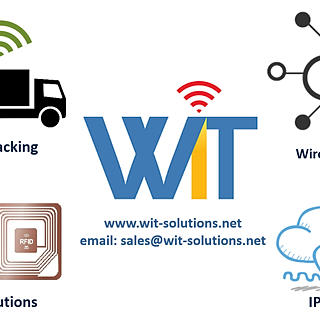Turning Metal into Money: How RFID Transforms LPG Cylinder ROI
- wit-tech
- Sep 19
- 1 min read
by witzense.com
Liquefied Petroleum Gas (LPG) cylinders are not just containers—they're valuable, reusable assets. With lifespans of 15 to 25 years, each cylinder represents a long-term investment. But without proper tracking and lifecycle visibility, that investment often underperforms—resulting in lost cylinders, idle inventory, safety liabilities, and unclaimed revenue.
For financial officers overseeing gas operations, the challenge is clear: How do we maximize ROI on every cylinder, streamline compliance, and prevent operational leakage?
The answer lies in RFID (Radio-Frequency Identification) technology.
📉 The Financial Problem with Traditional Cylinder Management
Manual or barcode-based tracking systems create hidden costs and data blind spots across the LPG cylinder lifecycle:
Pain Point | Financial Impact |
🔍 Lost or stolen cylinders | Replacement cost of $50–$150 per unit, often in the tens of thousands per year. |
📦 Idle inventory | Tied-up capital and lower cylinder utilization rates reduce revenue per asset. |
📋 Manual audits | Labor-intensive, error-prone, and often non-compliant with evolving regulations. |
⚖️ Regulatory fines | Missed maintenance or testing windows can lead to costly penalties or legal exposure. |
🔄 Inefficient turnaround | Slower refill-to-return cycles reduce cylinder throughput and customer satisfaction. |
If you're managing tens of thousands of cylinders, these issues add up to millions in potential losses over time.







Comments